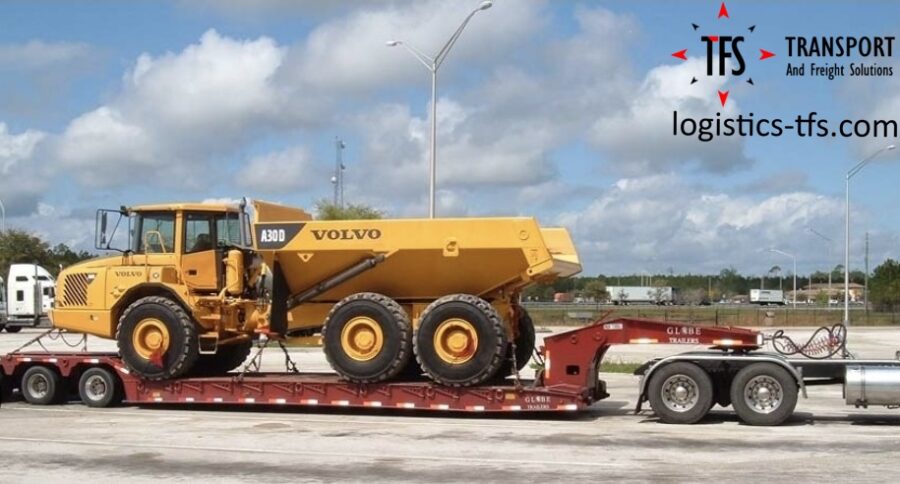Securing both over-dimensional and standard shipments on flatbed trailers demands a meticulous approach to ensure cargo safety and compliance with transportation regulations. Whether dealing with extended loads or standard-sized ones, the process requires careful planning, proper equipment usage, and obtaining necessary permits. Properly securing these shipments not only reduces the risk of damage during transit but also enhances road safety for all stakeholders involved. Here’s an essential guide on securing both over-dimensional and standard shipments on flatbed trailers:

1. Assess the Load:
- Determine the dimensions, weight, and center of gravity of the shipment.
- Identify any special handling requirements or hazards associated with the cargo.
- Consider environmental factors such as weather conditions and road terrain.
2. Choose the Right Equipment:
- Select appropriate tie-down equipment based on the size and weight of the load.
- Common equipment includes chains, binders, straps, edge protectors, and tarps.
- Ensure all equipment is in good condition and compliant with relevant safety standards.
3. Securing Strategy:
- For over-dimensional shipments, utilize extendable straps or chains to cover the entire length or width of the cargo.
- Enhance visibility and safety by using additional flags or lights to indicate overhangs or wide loads.
- Adhere to regulations that may require pilot cars or escorts for over-dimensional loads.
4. Inspection:
- Conduct pre-trip inspections to check the reliability of tie-downs, equipment, and cargo.
- Monitor the load during transit and make necessary adjustments to maintain security.
- Inspect tie-downs for signs of wear, damage, or loosening during stops or rest breaks.

- Ensure compliance with relevant regulations governing over-dimensional flatbed shipping.
- Maintain accurate records of the securing process, including the type and number of tie-downs used, tension levels, and any special considerations.
- Provide necessary documentation to inspectors or authorities upon request.
6. Training and Education:
- Train drivers and personnel responsible for loading and securing cargo on proper techniques and safety protocols specific to flatbed shipping.
- Stay informed about updates to regulations and industry best practices related to cargo securing for flatbed trailers.
